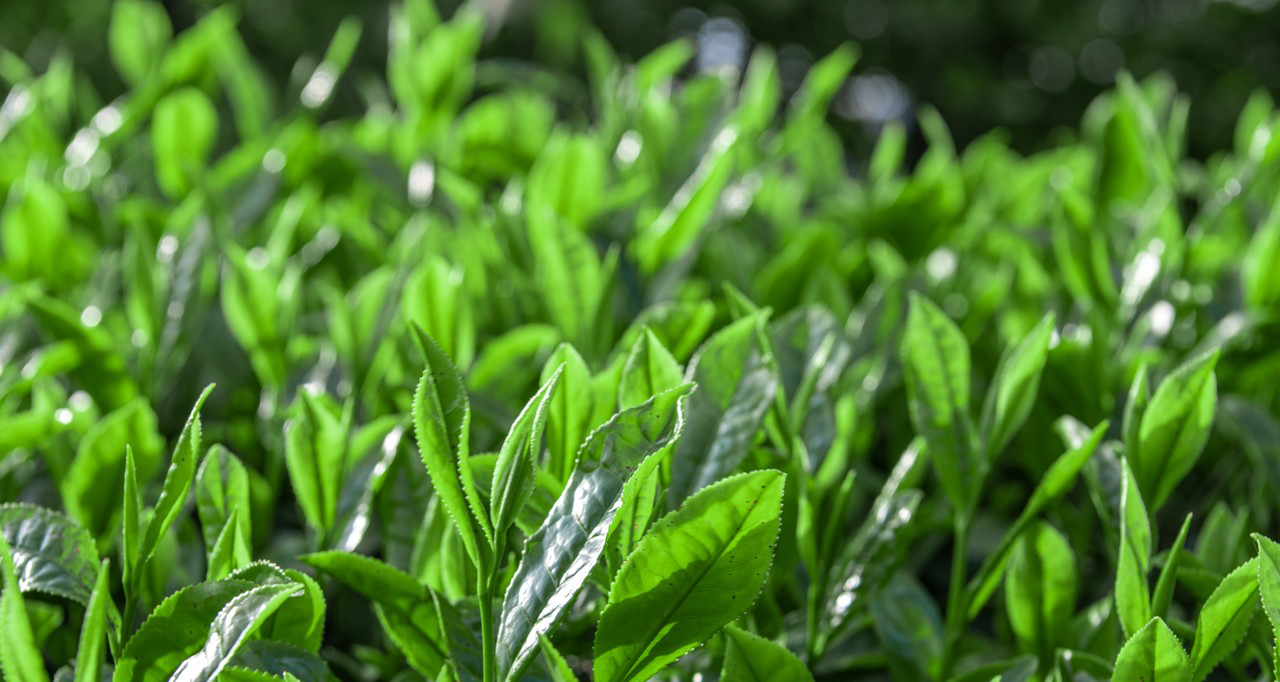L-Theanine is an amino acid that is commonly found in tea leaves, especially in green tea (Camellia sinensis). Materials and methods for a scientific study or research project involving L-theanine would typically include information on the materials and equipment used, the study design, data collection methods, and statistical analyses. Here’s a general outline of what you might include in the materials and methods section of a research paper related to L-theanine:
Materials of L-Theanine:
- L-Theanine: Specify the source, purity, and supplier of the L-theanine used in the study.
- Experimental Subjects: Provide details about the experimental subjects or participants, including species (if animal study) or human subjects, number, age, sex, and any inclusion/exclusion criteria.
- Experimental Groups: Describe how subjects were divided into different experimental groups (e.g., control group, treatment group) and the rationale for the groupings.
- Equipment: List any specialized equipment or instruments used in the study (e.g., analytical balances, HPLC for L-theanine quantification).
- Chemicals and Reagents: Detail any other chemicals, reagents, or solvents used in the study, including their sources and purities.
- Animal Care: If applicable, describe how animals were housed, fed, and cared for, including ethical considerations and approval from an Institutional Animal Care and Use Committee (IACUC).

Methods of L-Theanine:
- Study Design: Explain the overall design of the study, including whether it’s an in vitro, in vivo, or clinical trial study, and the rationale for the chosen design.
- L-Theanine Administration: Detail how L-theanine was administered to subjects, including dosages, frequency, and duration of treatment.
- Data Collection: Describe the methods used to collect data, including any measurements, observations, or assessments. If it’s a clinical trial, mention the assessment tools used.
- Sample Collection: Explain how samples (e.g., blood, tissue) were collected and processed for analysis, including any preservation methods.
- Analytical Methods: Specify the analytical methods used to quantify L-theanine levels, such as high-performance liquid chromatography (HPLC), mass spectrometry, or other relevant techniques.
- Statistical Analysis: Outline the statistical methods used to analyze the data, including specific tests, software packages, and significance levels.
- Ethical Considerations: If the study involved human subjects, mention the ethical considerations, informed consent process, and approval from an Institutional Review Board (IRB).
- Data Presentation: Describe how the data are presented in the results section (e.g., mean ± standard deviation, graphs, tables).
- Controls: Explain any control measures taken to ensure the validity of the results, such as positive and negative controls.
- Data Interpretation: Provide guidance on how the data were interpreted and any limitations of the study.
- Statistical Significance: Indicate the criteria for statistical significance (e.g., p-value < 0.05) and the interpretation of results based on these criteria.
- Safety Precautions: If relevant, mention safety precautions taken during the study, especially if L-theanine was administered to humans.
- References: Cite relevant published methods or studies that you followed or adapted for your research.
Remember that the specific details and organization of the materials and methods section may vary depending on the nature of your research and the guidelines of the journal or institution where you intend to publish your study. Always adhere to ethical standards and provide enough detail for other researchers to replicate your work.
